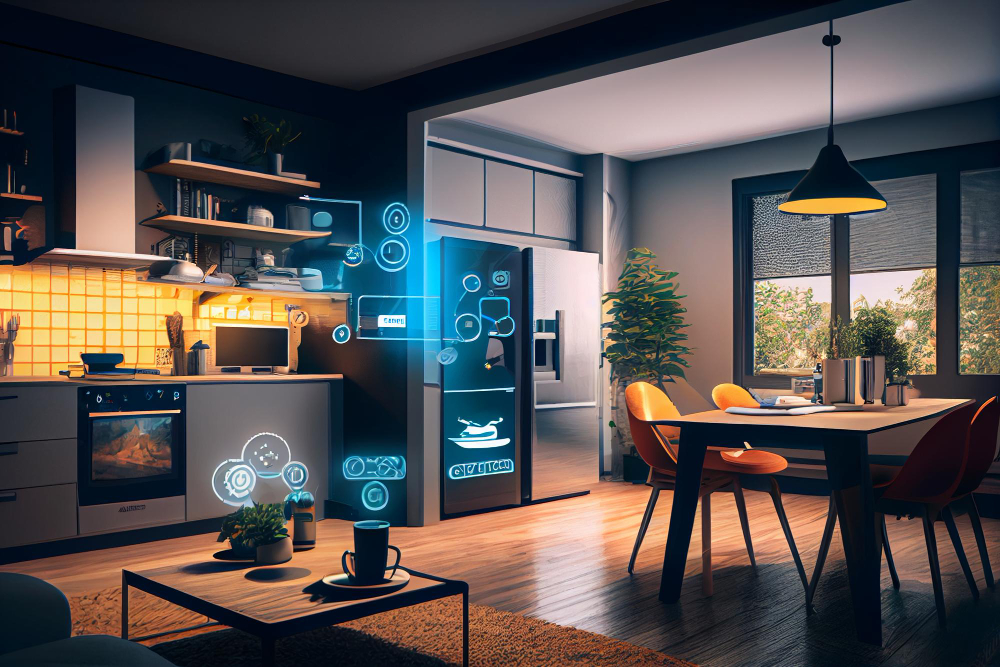
We are living in the 21st century and smart is a word that comes to mind to describe devices, gadgets, appliances and systems that talk to each other. We’ve all got at least one smartphone, a device that can do just about everything and most people understand the basics of smart home technology, whereby a central computer manages all systems, devices and appliances.
Here are some of the items that come in ‘smart’ versions to consider for your home.
- Smart TV – No home is complete without a smart TV, a device that instantly connects to the web, with many USB and HDMI ports that enable projection; you could use the screen as a monitor for your PC; you can also watch movies and epic series online, plus your smart home can record TV programs in your absence.
- Smart cooker – Super energy efficient, you can turn on the oven and start that roast before you leave the office; time it right and the roast potatoes and the joint are done to perfection as the automatic gates open and you arrive home.
- Climate control – The latest generation of HVAC systems connect with the central computer, allowing you to zone off the a/c or turn it on or off. Like all the other connections, you control your HVAC system via a mobile app and you have a full range of options.
- Smart security – The smart home has keyless digital locking, which can be biometric with facial recognition; motion sensors trigger lights at night and should there ever be an actual break-in, the system would call you and the police. If you are abroad, you have an app that hooks you up to your security cams in real time. The home is connected to the web 24/7 and the security features are more than adequate.
- Smart solar – Anyone thinking of a new build would be crazy not to incorporate solar energy into the project. Such are the prices that you recoup your investment in years and you become part of the solution, not the problem. Remove yourself from the national grid by installing quality solar panels and batteries, the Australian government is currently offering home and business owners financial incentives to switch to clean energy.
- Hot water on demand – The home of the future has no water storage tank for heating, rather the water is heated by an electrical element as it nears the faucet, and this is controlled by the central processor.
- Smart lighting – Imagine a garden where lights come on just in front as you walk! Motion sensors are all that is required to have smart lighting; you can turn on lights remotely to give the impression someone is at home.
Experts predict that we will have household robots by 2030, AI has reached the point where it can develop its own personality and can actually be a friend rather than just a robot to do stuff.
Leave a Reply